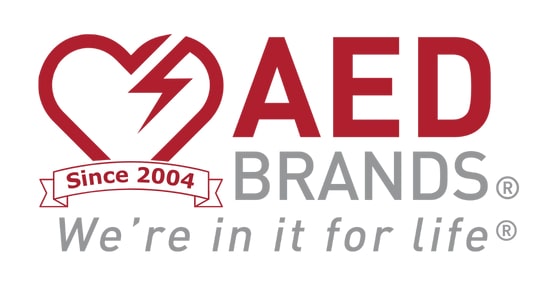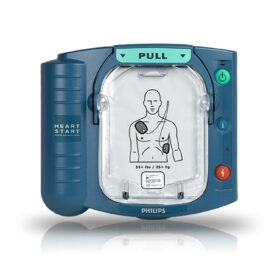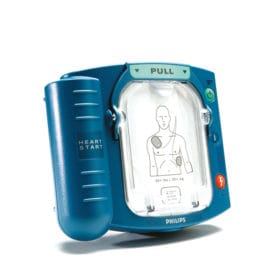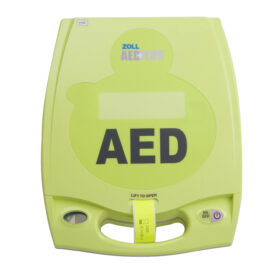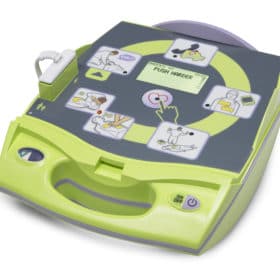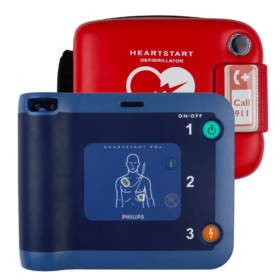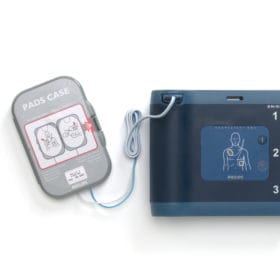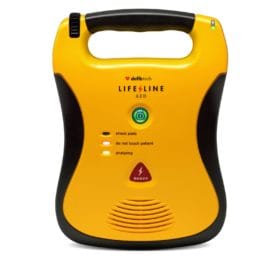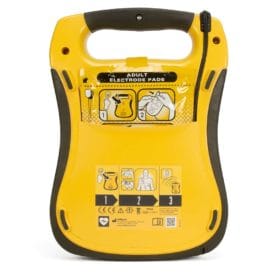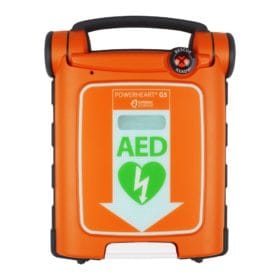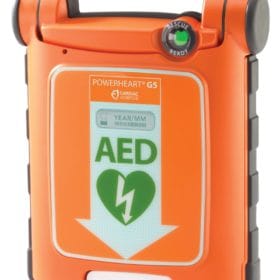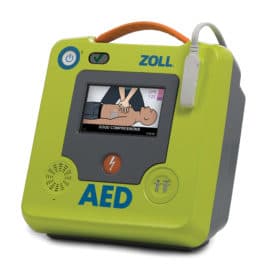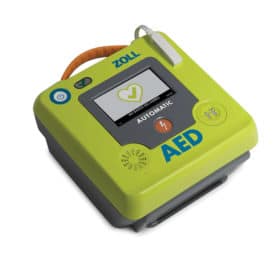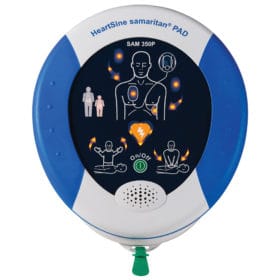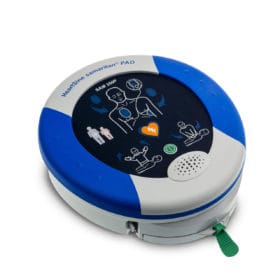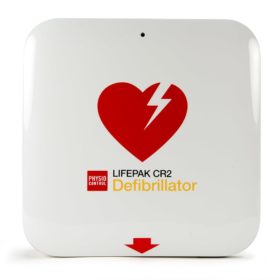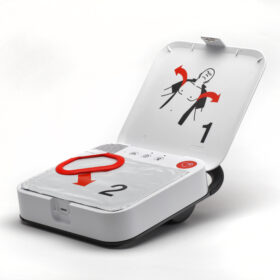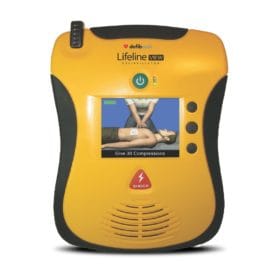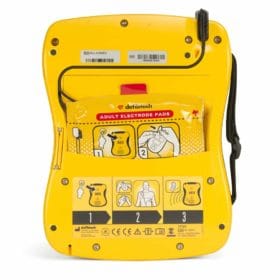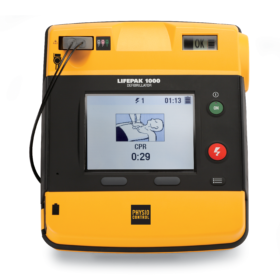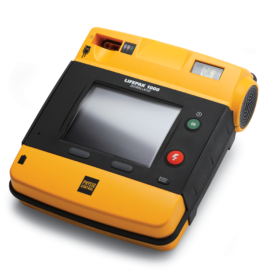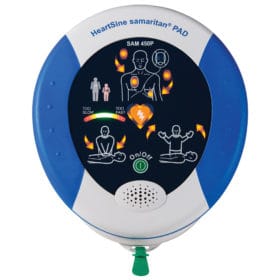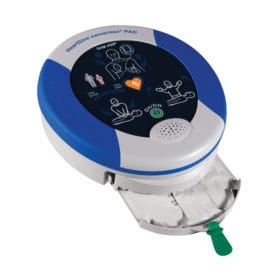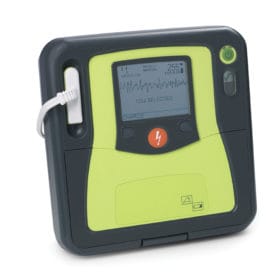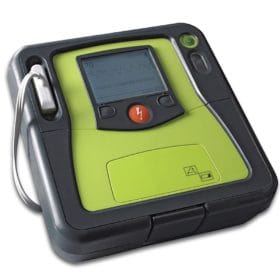- Your cart is empty
- Continue Shopping
Calculate How Many AEDs Your Space Needs
When it comes to AEDs, it’s important to remember that sometimes, one is not enough. It’s critical to have them strategically placed throughout your facility, especially on each floor, so that they’re always easily accessible within 3 minutes. This is because the faster someone is treated for sudden cardiac arrest, the greater their chances of survival are.
In fact, if someone is shocked with an AED within one minute of collapsing, they have a 90% chance of survival. But with each passing minute, their chances of survival decrease by 10%. So, having multiple AEDs readily available in key locations can make a big difference in an emergency situation.
State AED Laws and local ordinances also play a major role in determining how many devices you must have on site.
Our calculator takes into account a multitude of factors, including how quickly the average person can retrieve and deploy an AED. Try it out!
Next, Let's Find Out Which AED Best Meets Your Needs
Loading...
The best AED for your needs
Philips HeartStart FRx AED with FREE Carry Case 861304
Would you like these results sent to your email?
If so, just fill our your email address below and submit.
Things to Consider When Purchasing an AED
Ease of use: Look for an AED that is simple to operate and includes clear, easy-to-follow instructions for use.
Durability and maintenance: The AED should be durable and able to withstand the conditions it will be used in. It should also be easy to maintain, with readily available replacement parts.
Cost and training: Consider the cost of the AED and any additional costs for training and ongoing maintenance. Also, you have to think about the location where the AED will be placed, such as easy accessibility and visibility, to ensure that it can be quickly and easily located in an emergency.
How Many AEDs are Required in Schools
The legal requirement for the number of AEDs a school is required to have varies state by state. Our tool will calculate a rough estimate for the number of AEDs a school should consider having on hand to have a device placed within a 90-second walk of a cardiac arrest victim.
How Many AEDs Should a Building Have?
For most commercial or residential high-rises, we recommend one per floor to maintain the 90-second rule. While other factors may come into play, we recommend speaking to one of our site assessment experts to determine how many AEDs your specific area needs.
Fast Facts
- AED works by measuring heart rhythm and delivering shocks as needed to restart or shock the heart back into the correct rhythm, with automated instructions to guide the user.
- Indications for AED use: sudden unresponsiveness, cessation of breathing, non-response to tapping or shaking.
- Call 911 and perform CPR, while searching for the nearest AED in case of sudden cardiac arrest.
- AEDs are typically required by laws to be in public areas such as stadiums, schools, gyms, and community centers and must be in an open and easily accessible area.
- It’s important to find out the location of AEDs in your workplace or community in case of an emergency.
